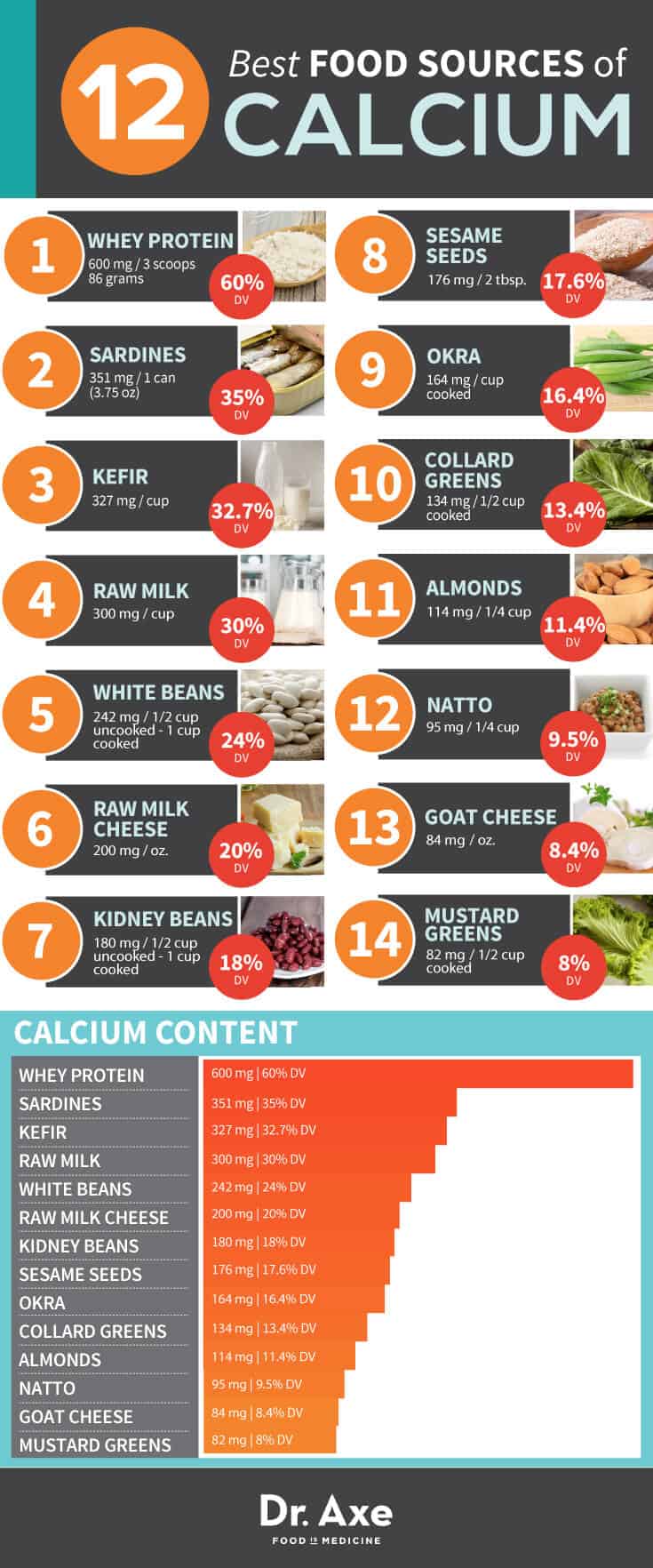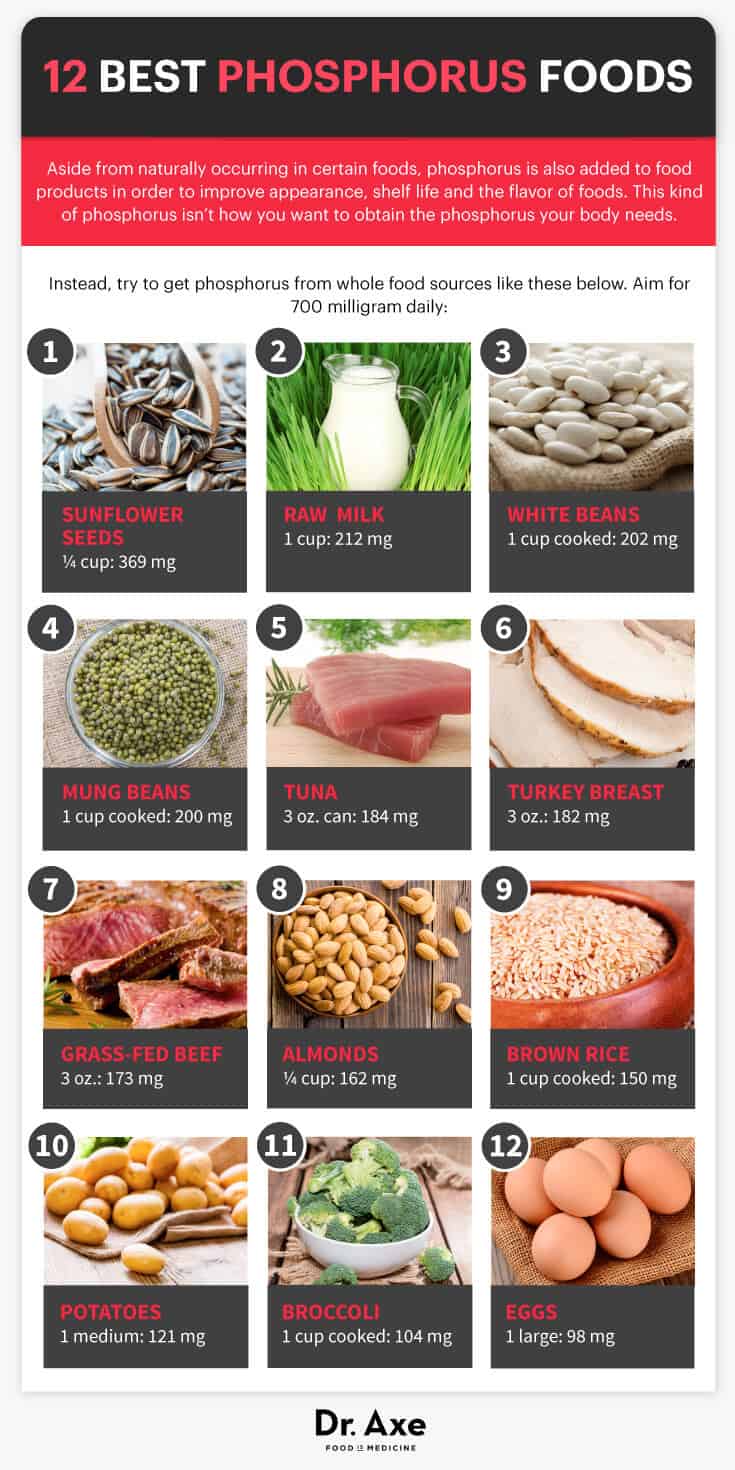Phosphorus balances the Body’s pH Level
Phosphorus partially occurs as phospholipids, which are a major component of most biological membranes like our nucleotides and nucleic acids. The functional roles of phostholipids include balancing the body’s pH level by buffering excess levels of either acid or alkali compounds.
This helps with digestion by allowing healthy bacteria within the gut flora to flourish. It’s also important for the process of phosphorylation, the activation of digestive catalysts enzymes. (9)
Because it acts as an electrolyte, phosphorus is also believed to help improve digestion by reducing bloating/water-retention and diarrhea, as well as provide natural constipation relief and contribute to acid-reflux remedies.
This helps with digestion by allowing healthy bacteria within the gut flora to flourish. It’s also important for the process of phosphorylation, the activation of digestive catalysts enzymes. (9)
Because it acts as an electrolyte, phosphorus is also believed to help improve digestion by reducing bloating/water-retention and diarrhea, as well as provide natural constipation relief and contribute to acid-reflux remedies.
best food sources of phosphorus:

